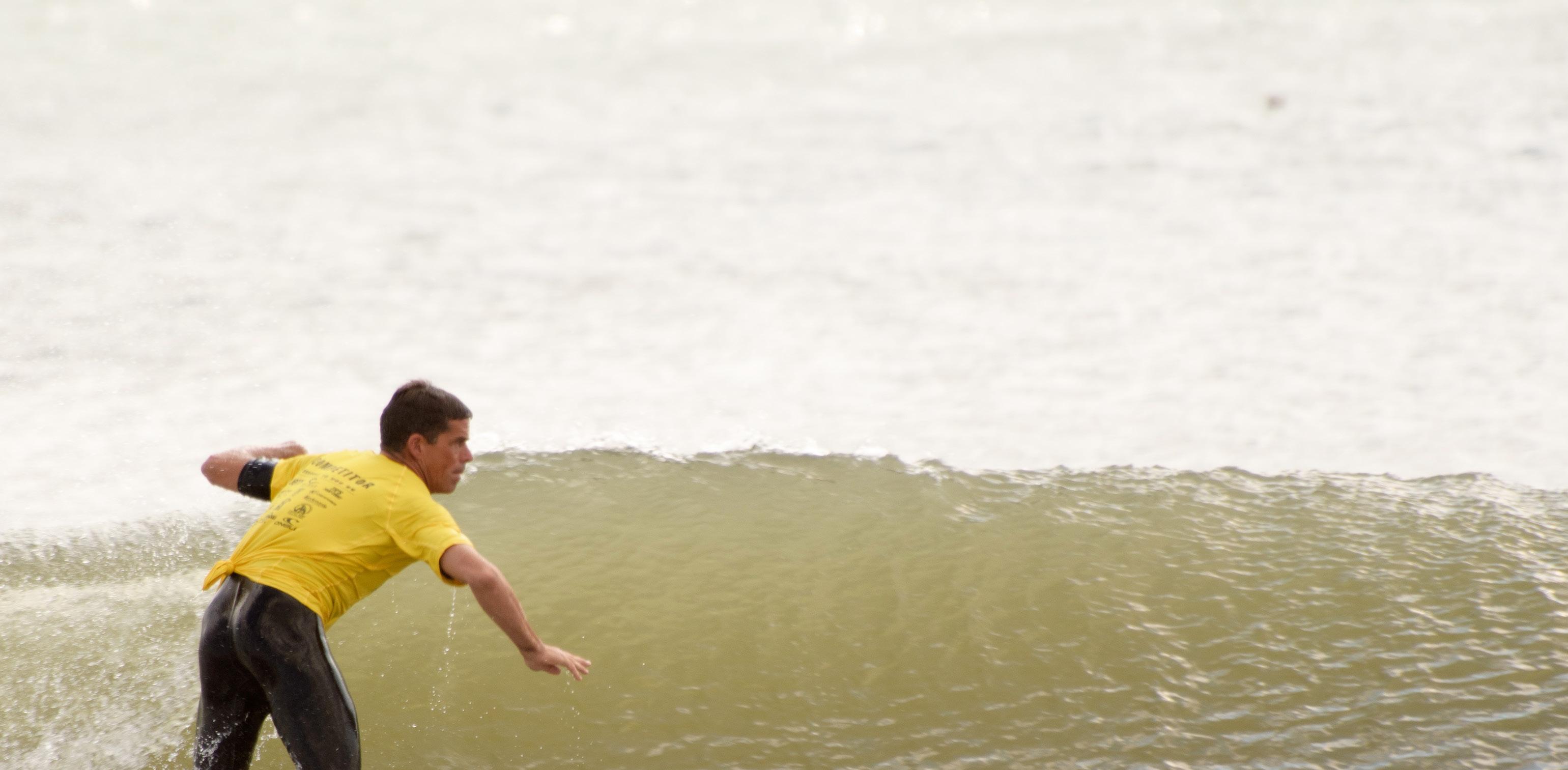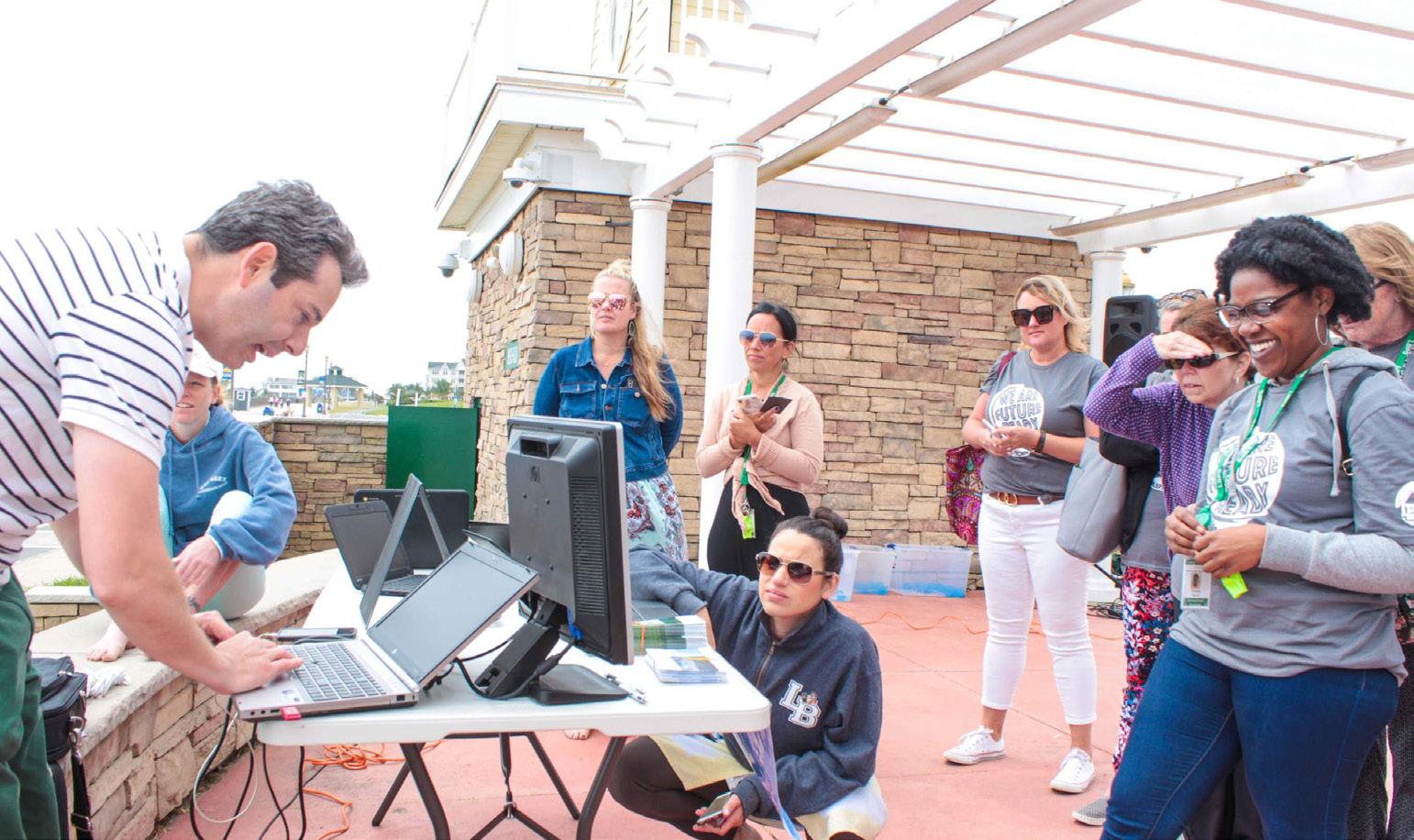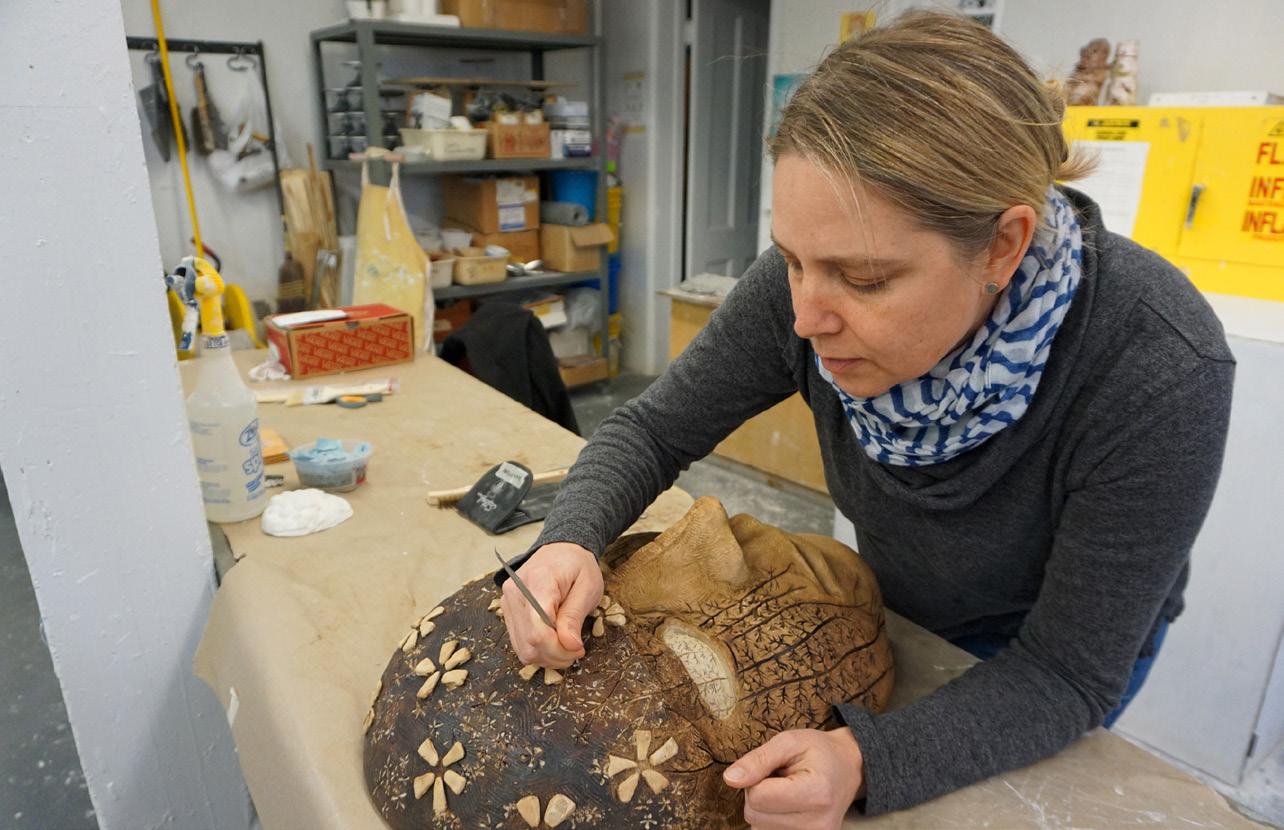
1 minute read
Monitoring Water Quality at Surfing Beaches
Monmouth University scientists and students launched a yearlong study on the linkage between rainfall and microbial pollution at surfing beaches where municipal storm drains and outflow pipes discharge directly into the surf zone. Microbial pollution, the contamination of water with pathogens that can make people sick, is a problem in densely populated coastal areas around the world.
“We’ve heard stories from surfers about how the water sometimes smells and looks different at these beaches after heavy rainstorms,” said Endowed Associate Professor of Marine Science Jason Adolf of the UCI and the School of Science. “However, no data have been gathered to back up the anecdotal evidence about the magnitude of the problem.”
Advertisement
Adolf and Specialist Professor Jeff Weisburg, the project co-leads, noted a significant gap in the state’s sampling program because it is primarily focused on the busiest bathing beaches in the summer tourism season, but doesn’t test as frequently during some of the best wave months, including the fall hurricane season. “WE’VE HEARD STORIES FROM SURFERS ABOUT HOW THE WATER SOMETIMES SMELLS AND LOOKS DIFFERENT AT THESE BEACHES AFTER HEAVY RAINSTORMS.”
— DR. JASON ADOLF
Testing has focused on locations in Asbury Park, Deal and Long Branch. The team records weather conditions and measurements of the ocean’s temperature, salinity and clarity before taking water samples near and far from the storm drain pipes at each site. The samples are then analyzed for bacterial

abundance and compared with rainfall and water quality data to look for statistical relationships. The results are expected to be released this year. The project is being supported with a grant from the Surfers’ Environmental Alliance.










